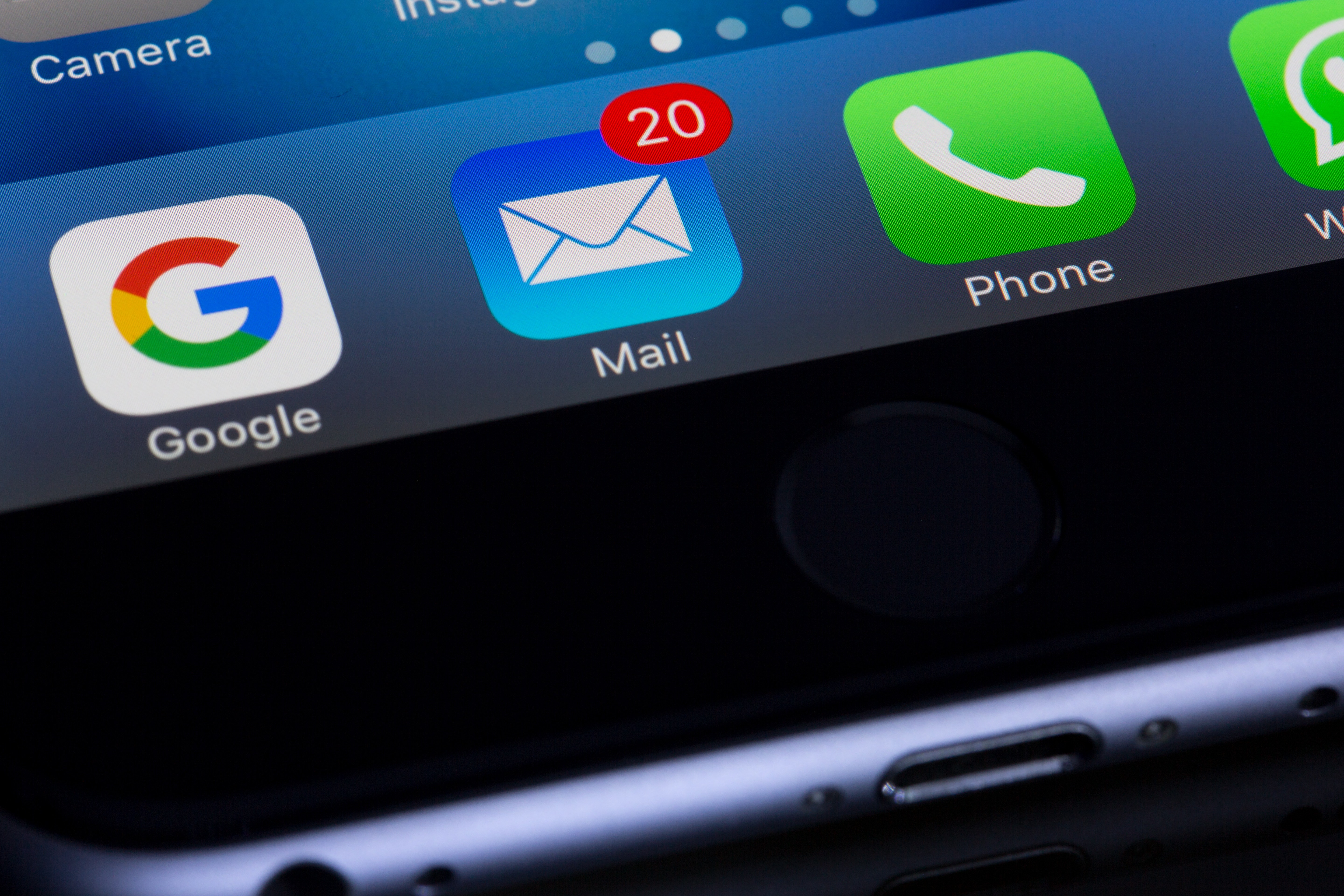A personalised customer experience is no longer a tactic that only the global commerce giants use. Nor is it something only B2C commerce companies use. To explain why, here are some benefits of personalisation for B2B commerce.
- Increases time on website
- Boosts customer loyalty and trust
- Improves email performance
- Reduces conversion friction
- Boosts revenue
1. Increases time on website
 Photo by picjumbo.com from Pexels
Photo by picjumbo.com from Pexels
Your website is as much the front door to your brand as your bricks and mortar store literally is. And while it should be a place to show off your products and services, it should always be customer-centric.
This can be difficult to achieve if you have a diverse customer base. After all, what interests one person might not for another. This is where the importance of knowing your customers and having a robust lead segmentation process matters.
If you can segment your website visitors into personas and store that information in a centralised location (like a CRM system), you’ll find it much easier to provide personalised, dynamic content. And when you can provide content that’s relevant to your personas, you’re more likely to keep them engaged and on your website.
2. Boosts customer loyalty and trust
Is there anyone who likes receiving a generic message? Not only is it cold and detached, but it also makes it more obvious that you’re just one in a sea of other customers.
This is why personalisation works so well - especially for B2B buyers who typically spend more time deliberating and weighing up alternatives before deciding to purchase something. Personalisation boosts the customer experience which then boosts loyalty and trust.
When B2B customers receive content that tailored to their needs and goals, they’re more likely to listen to the company providing it. And the more they listen, the stronger the bond of loyalty and trust.
3. Improves email performance
 Photo by Torsten Dettlaff from Pexels
Photo by Torsten Dettlaff from Pexels
Leading on from the above, would you read an entire email that’s very obviously a generic template sent out to everyone? Basic personalisation tactics like addressing the email recipient by name, title and company can make a huge difference but it’s not always enough. You could take it one step further and use dynamic content based on what you know about your personas.
For example, your email content could be tailored to your segmented audience’s past behaviours and interactions on your website. If they read a particular blog recently, why not send them another similar blog? If they browsed or purchased from a certain product/service range, send them personalised recommendations for similar products/services or exclusive offers.
In short, the more personal your email is, the less likely it is to be ‘sent to bin’ by your persona and the more likely it is to be read and engaged with.
4. Reduces conversion friction
Your customers are more likely to act if they can get what they want easily and quickly. Lengthy forms, complex website navigation and glitches can put customers off and lead to shopping cart abandonment. Personalisation can improve your eCommerce website design by reducing conversion friction.
For example, if you know that a particular range of products/services is popular among a specific group of personas, why not present that more obviously on your website? This makes it much easier for your customers to quickly find the information they need which delights them and boosts the chance of conversion.
5. Boosts revenue

It’s something we’ve been subtly voicing throughout this blog - personalisation can boost customer sales. Just think: you’re more likely to take advice from someone who’s always given you good advice.
The same principle applies to B2B commerce. The more relevant, valuable content you can provide your customers, the more likely they are to trust you and purchase from you.
Here are some examples of personalisation tactics that can spur your customers to act:
- Exclusive offers and promotions based on your customers’ purchase history and past interactions on your website
- Personalised content based on past interactions (e.g. ‘You may also like…’ or ‘Customers also bought…’)
- Search results tailored to their past searches and purchases
Ready to learn how you can create a personalisation strategy for your business?
From streamlining your marketing efforts to boosting customer experience and increasing sales, it’s clear that the benefits of personalisation can’t be ignored. If you’re now wondering how you can successfully pull off personalisation, we’ve got just the guide for that.
Click the button below to learn how your business can adopt a customer-centric mindset, the customer behaviour metrics to look out for and the technology you should consider implementing.

